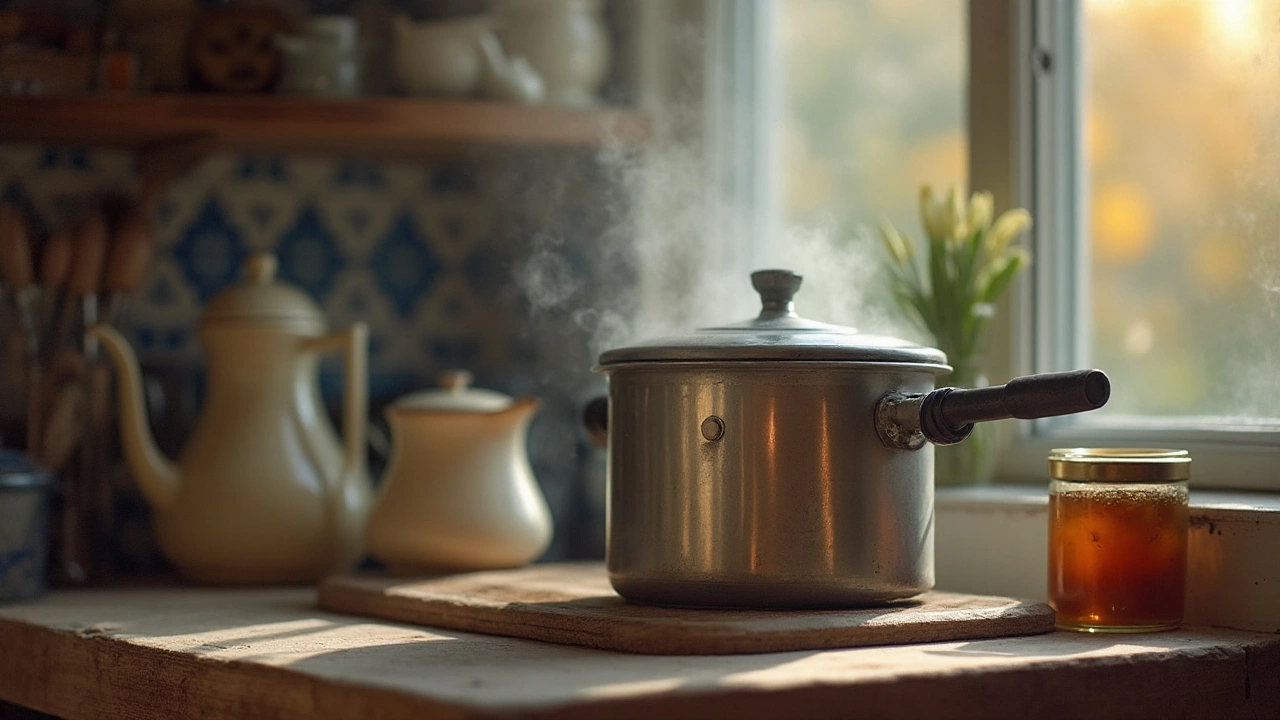Pressure Cooker Tips: Cook Faster, Safer, and Tastier
If you’ve ever stared at a pressure cooker and felt a little unsure, you’re not alone. The magic of cooking under pressure can turn a boring stew into a melt‑in‑your‑mouth dish in minutes, but it only works if you know the basics. Below are the top tips that will keep you safe, help you get the most flavor, and make cleanup a breeze.
Safety First – Don’t Skip the Basics
Before you even turn the knob, check the seal. The rubber gasket must sit flat without any cracks or food debris; a bad seal is the leading cause of steam leaks. Give the lid a gentle twist; it should lock with a clear click. When you’re ready to release pressure, never force the valve. Use the natural‑release method for soups and stews (let the cooker sit until the pressure drops on its own) and the quick‑release method only for vegetables or pasta that can overcook.
Never fill the pot more than two‑thirds full, and for foods that expand—like rice or beans—stay under half to avoid blockage. Keep the vent clear of food particles; a clogged vent can cause dangerous pressure spikes. Finally, always keep the cooker on a stable, heat‑resistant surface and stay nearby until the pressure has fully released.
Cooking Hacks for Better Flavor
Seasoning works best when you add salt after the pressure is released; high pressure can dull salty flavors. For richer broth, brown meat and aromatics in the pot before sealing—this builds a deeper taste without extra steps. If you want crisp edges on vegetables, give them a quick sauté after the pressure cooking is done. A splash of acid—vinegar, lemon juice, or a dash of tomato—just before serving brightens the final dish.
To avoid over‑cooking delicate items like fish, use the “steam basket” insert. Place the fish on the basket, set the timer for the minimum time, and you’ll get perfectly flaky results every time. For beans, soak them overnight, then add a pinch of baking soda to break down tough skins and shorten cooking time.
Cleaning & Maintenance Made Easy
After each use, let the cooker cool completely, then remove the gasket and wash it in warm, soapy water. If it smells funky, soak it in a mix of water and a tablespoon of baking soda for a few hours. The lid’s safety valve can collect starch; wipe it with a soft brush and a little vinegar solution to keep it moving freely.
Check the pressure release valve for mineral buildup, especially if you have hard water. A quick scrub with a non‑abrasive pad will prevent clogs. Store the cooker with the lid off so air can circulate and prevent mold.
By following these simple tips, you’ll turn your pressure cooker into a reliable kitchen sidekick. Faster meals, deeper flavors, and hassle‑free cleanup are just a few clicks away. Ready to give it a try? Grab a favorite recipe, set the timer, and enjoy the rush of delicious food in a fraction of the time.
